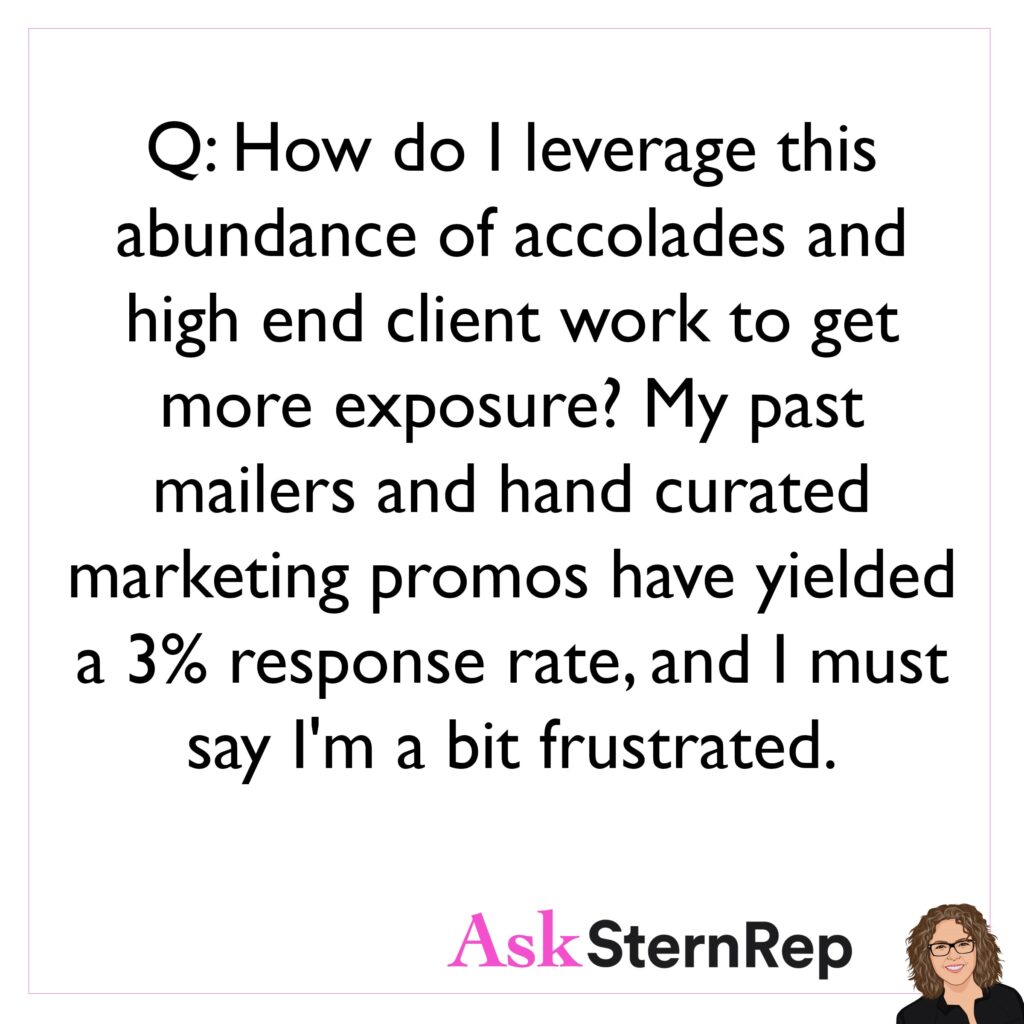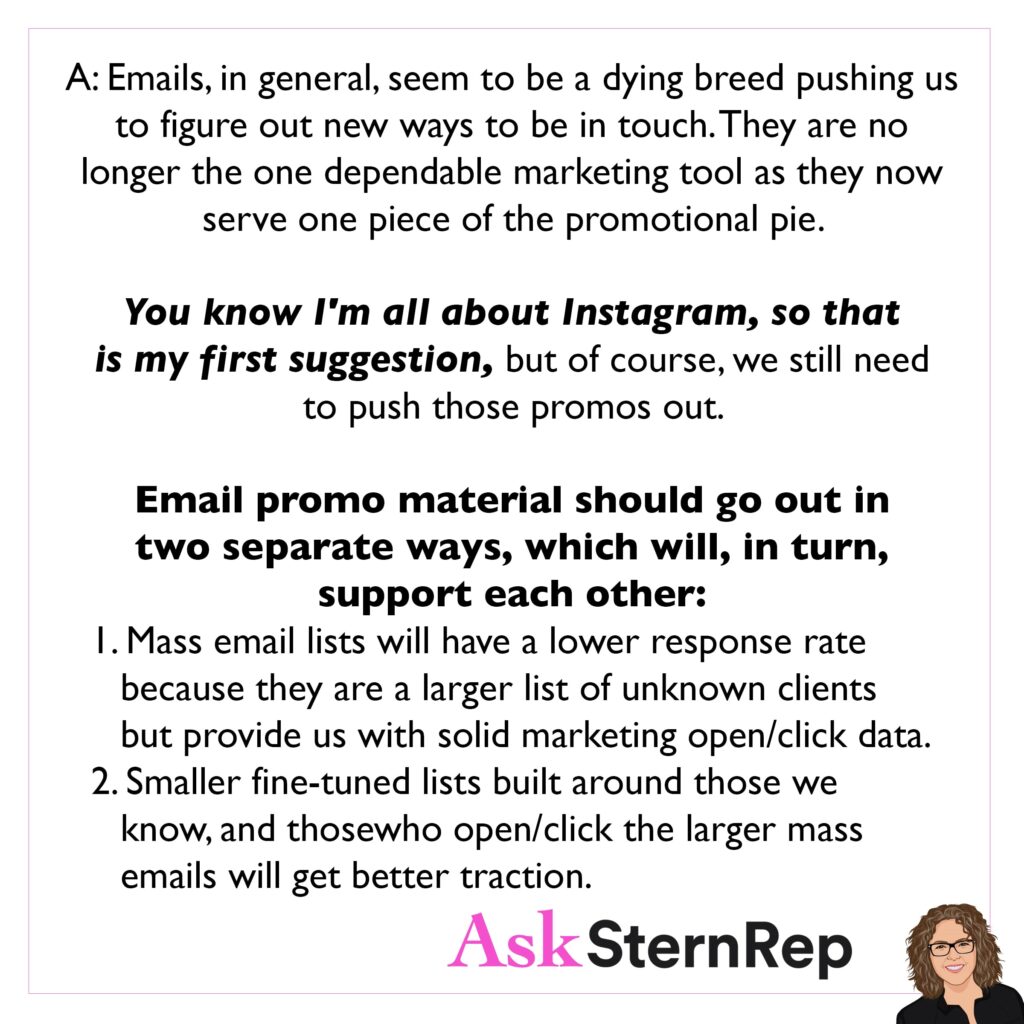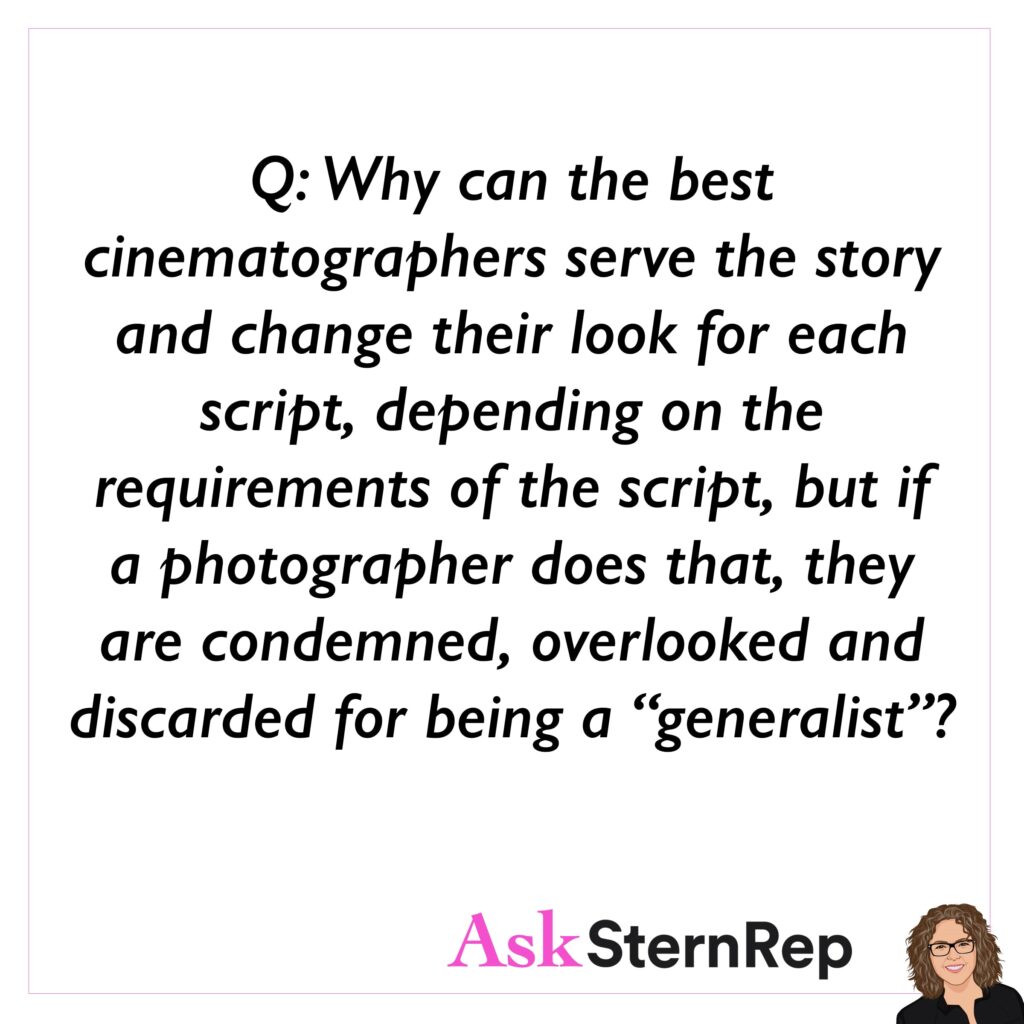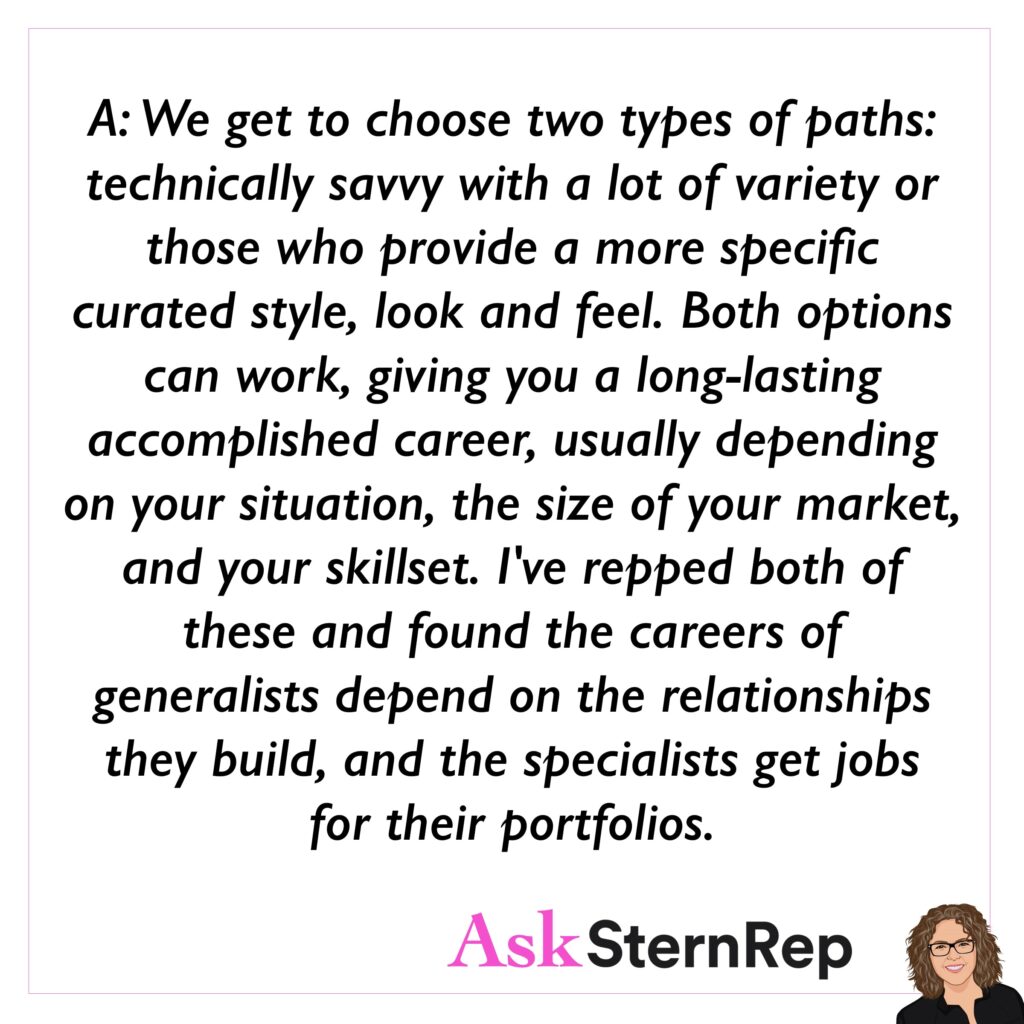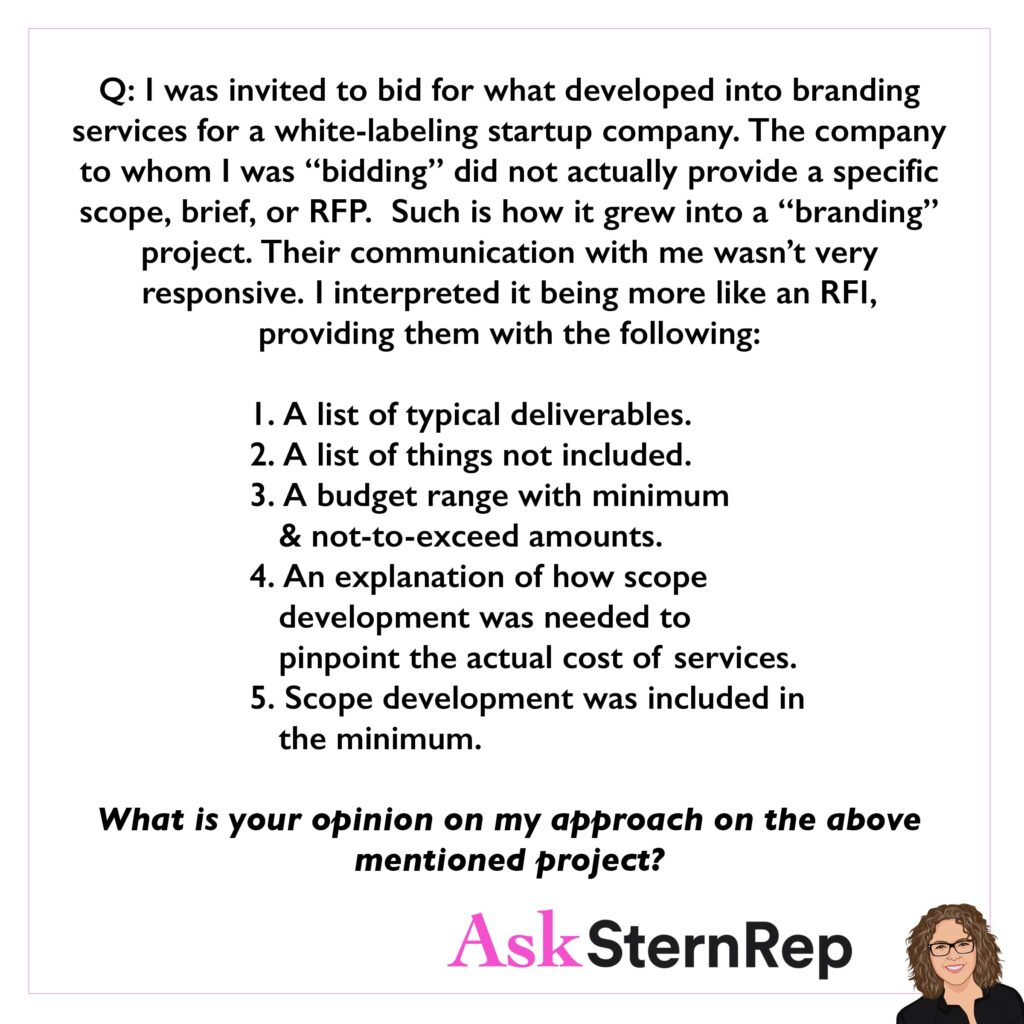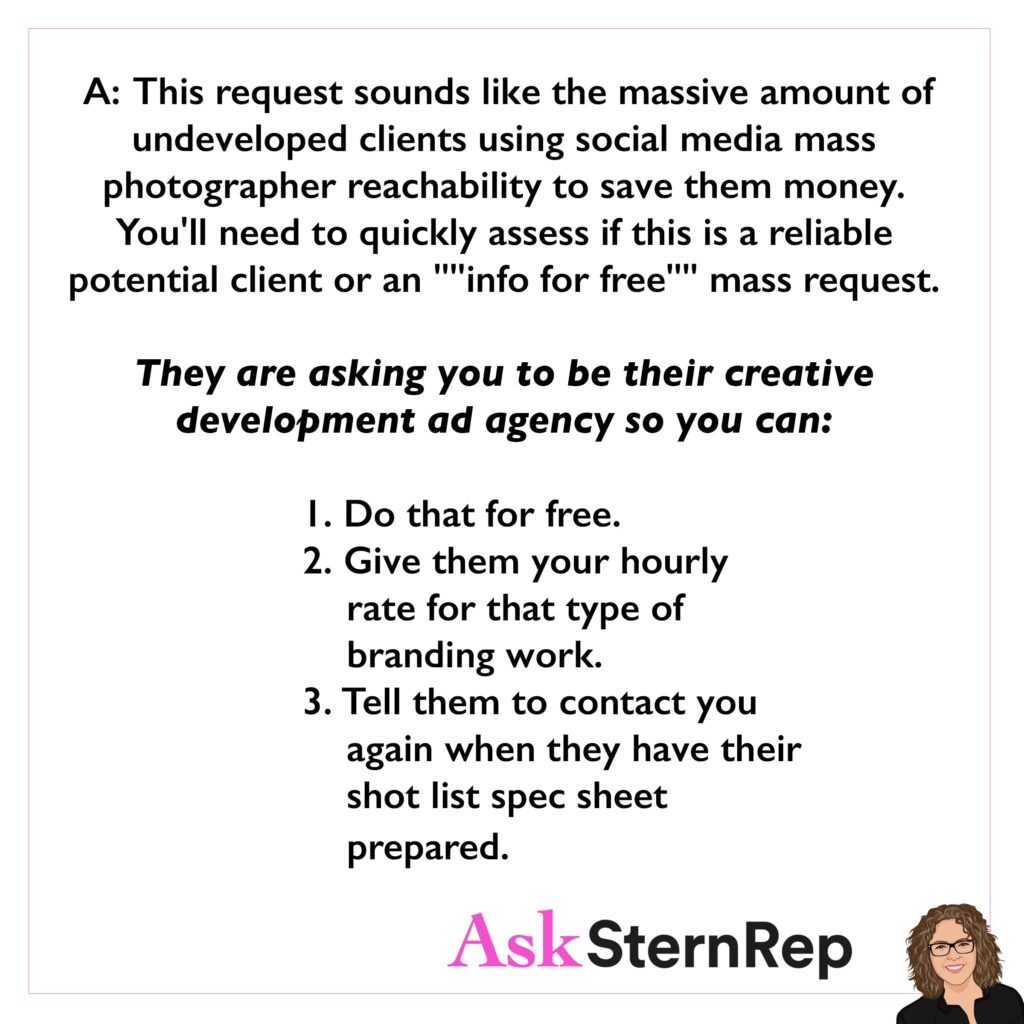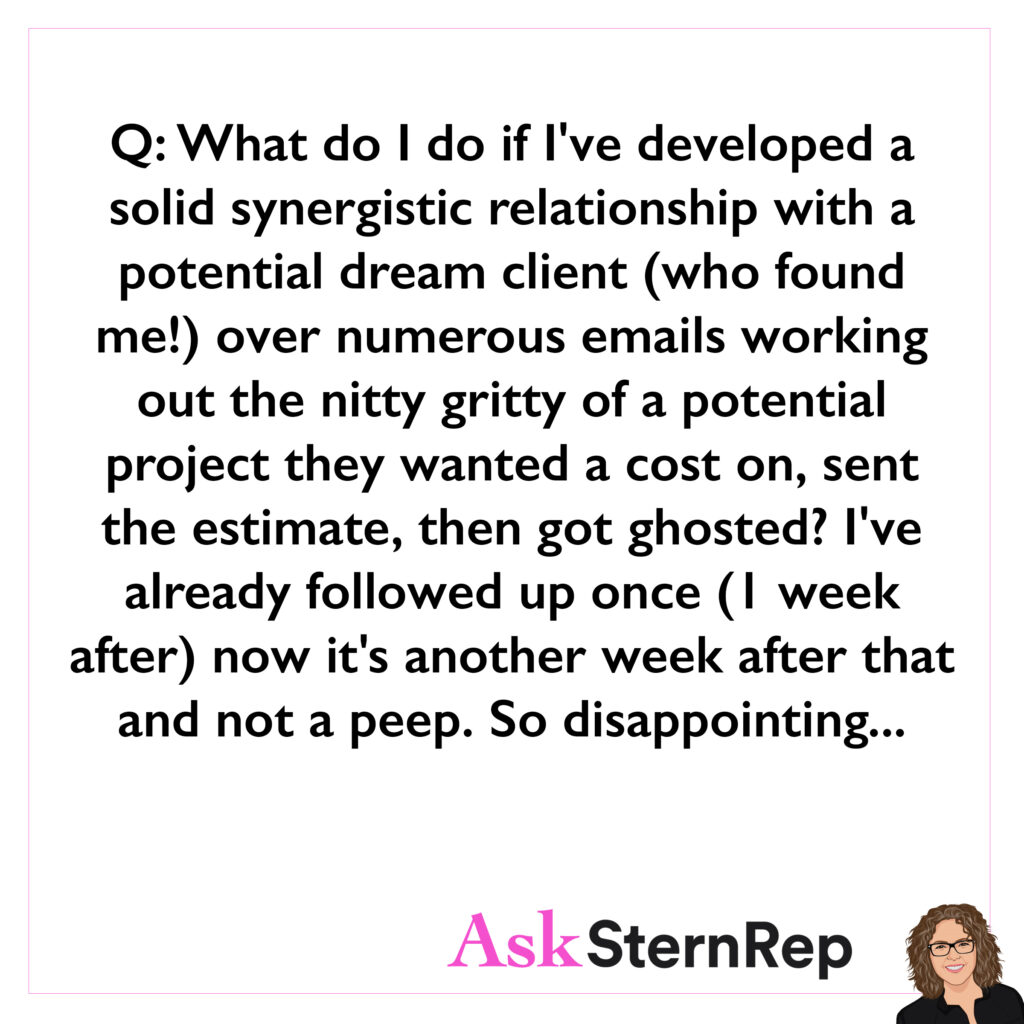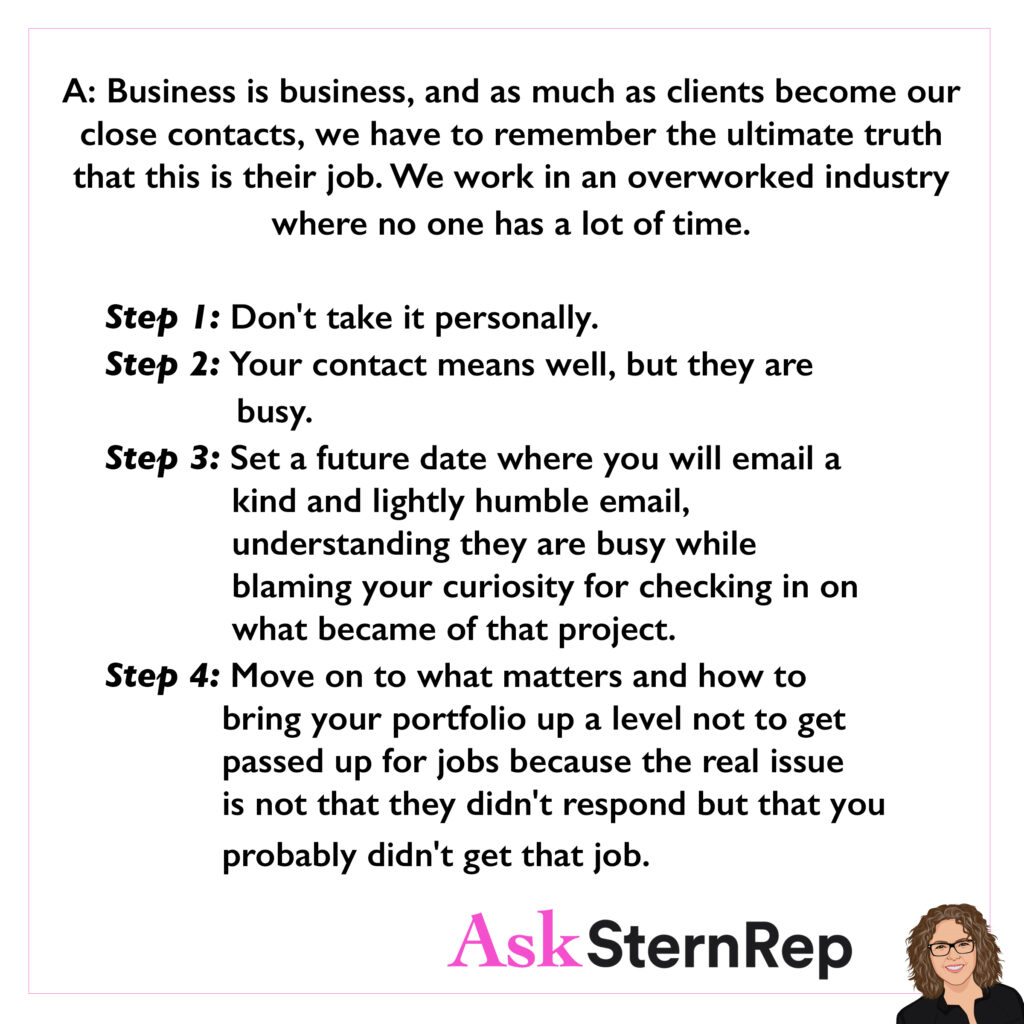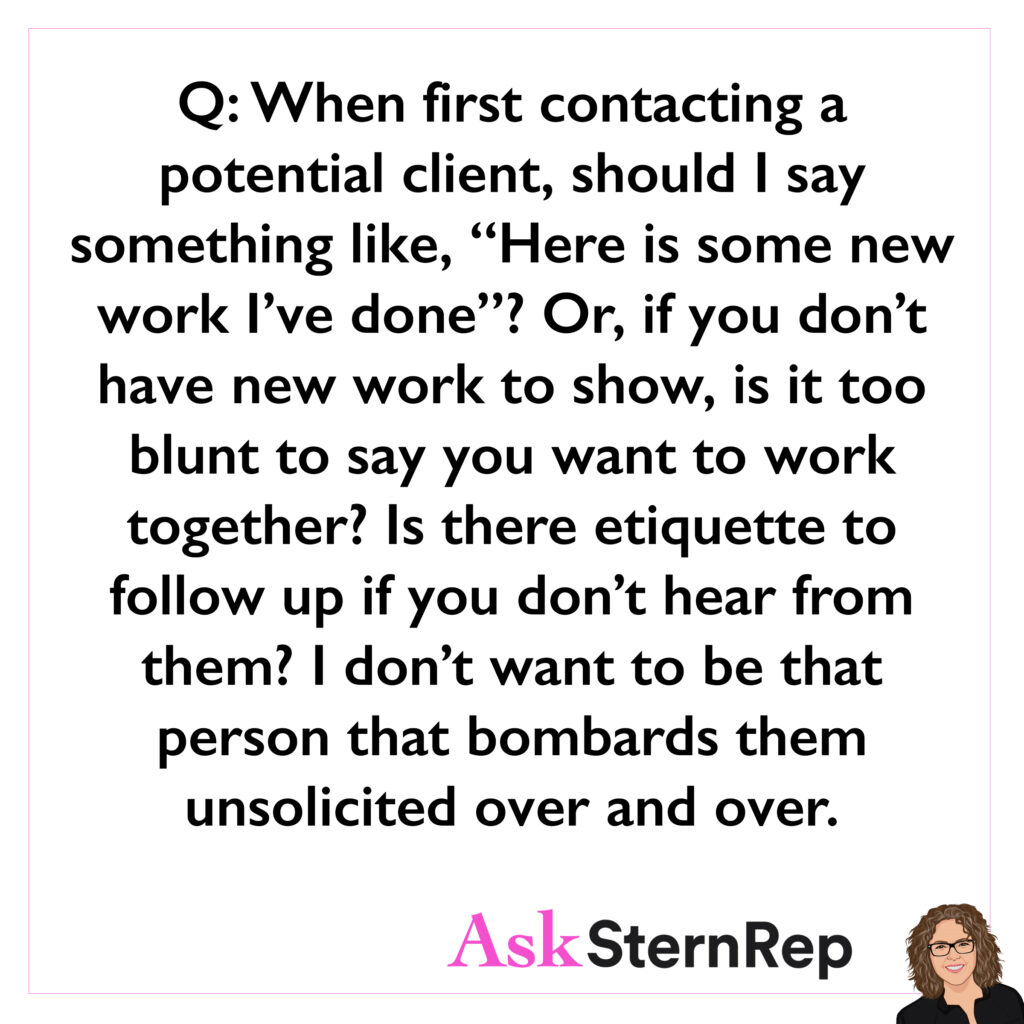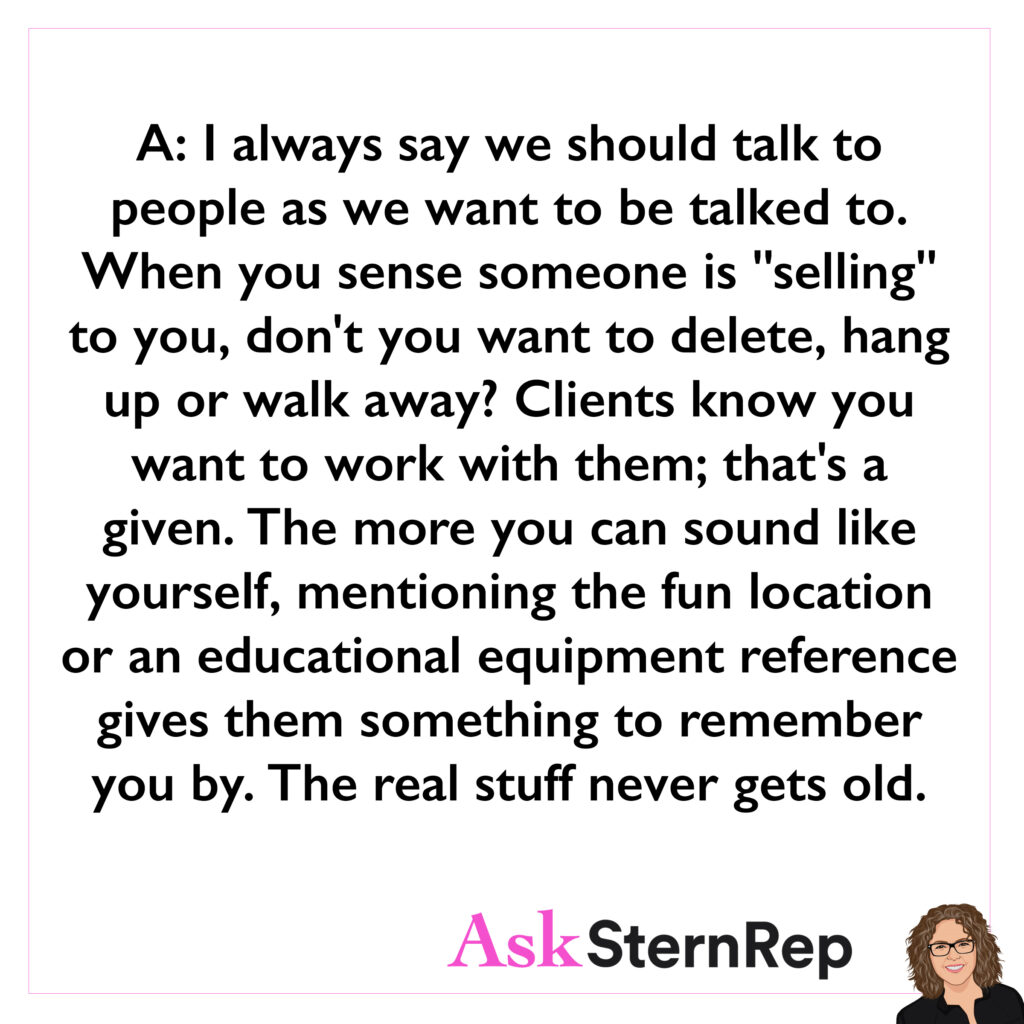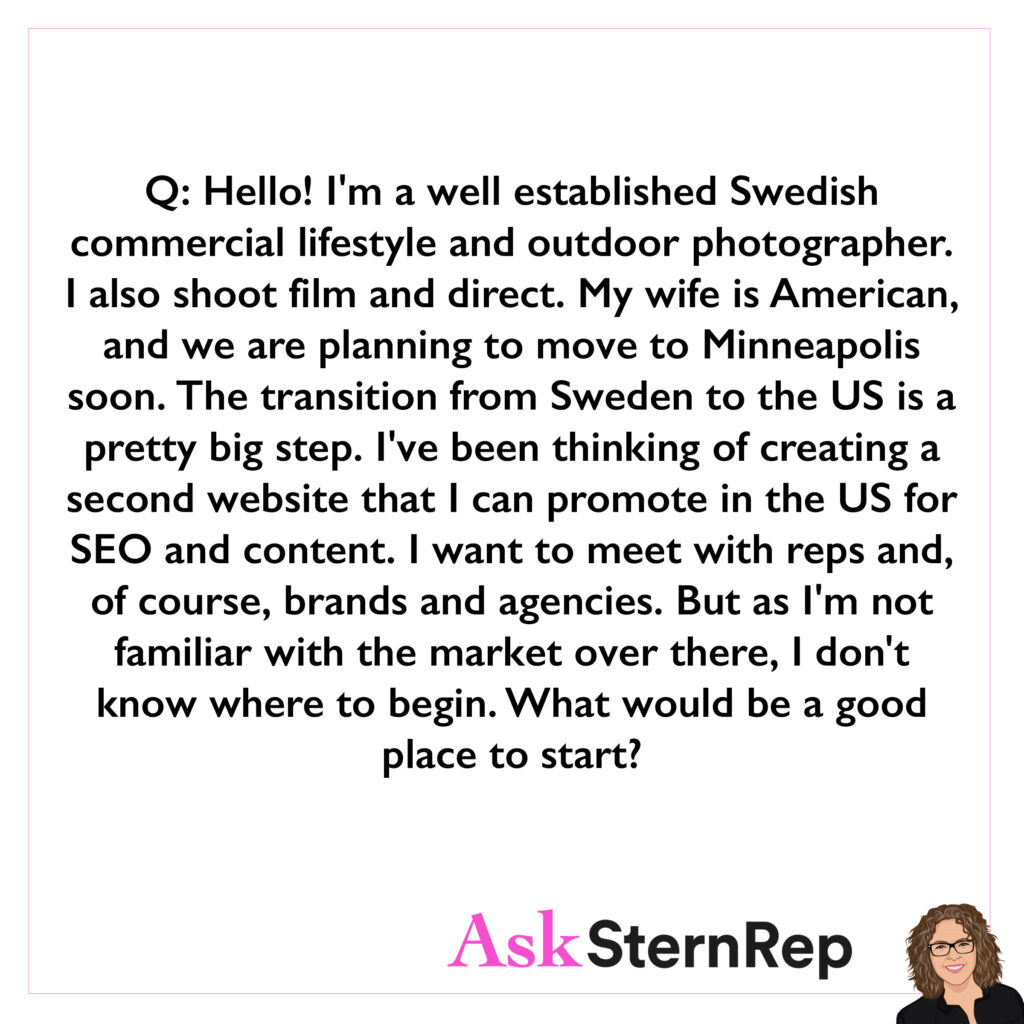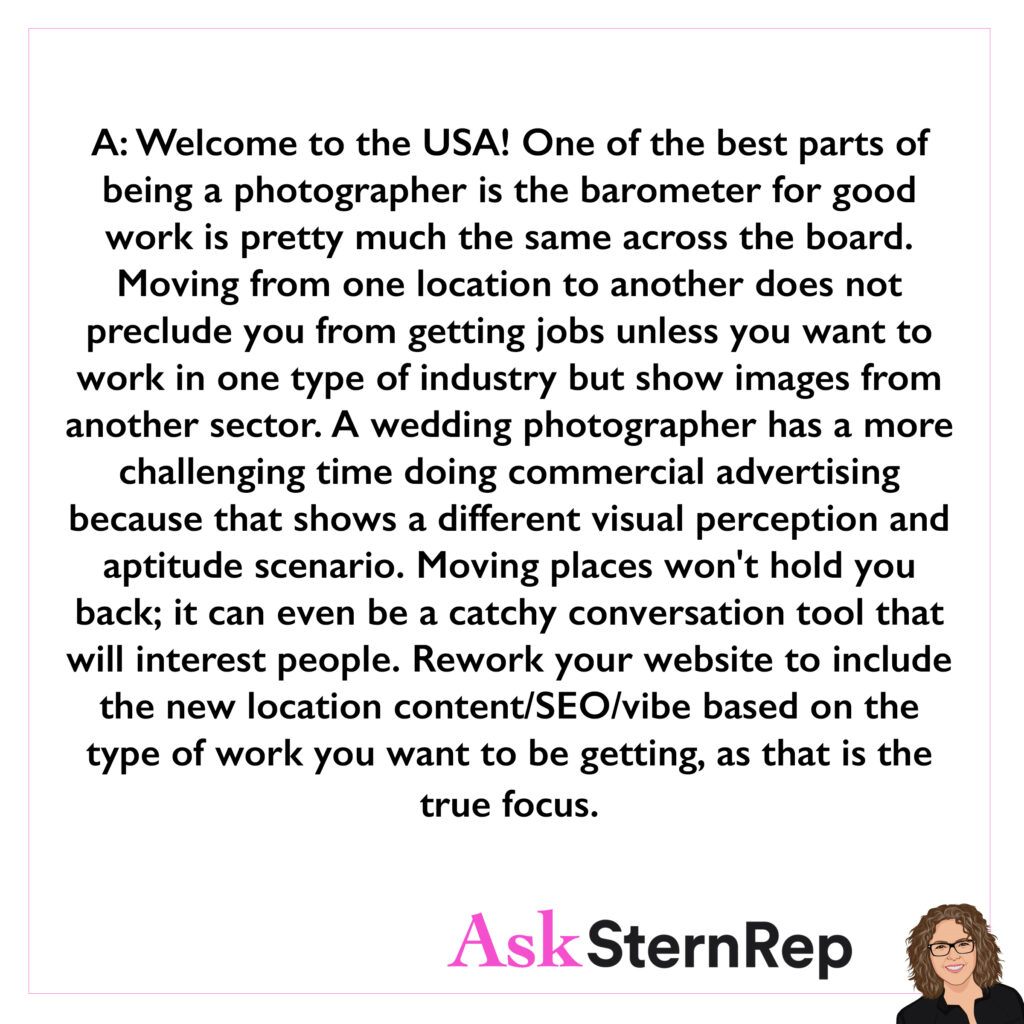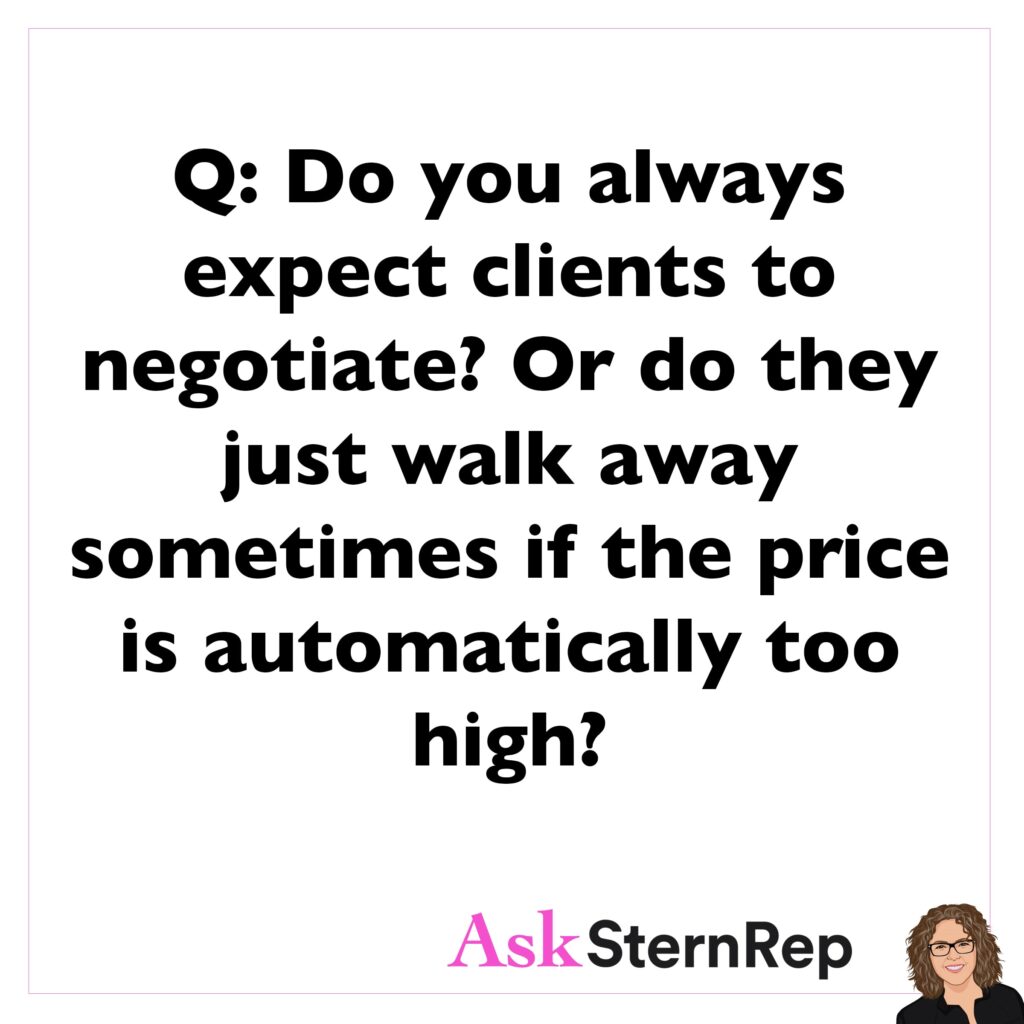
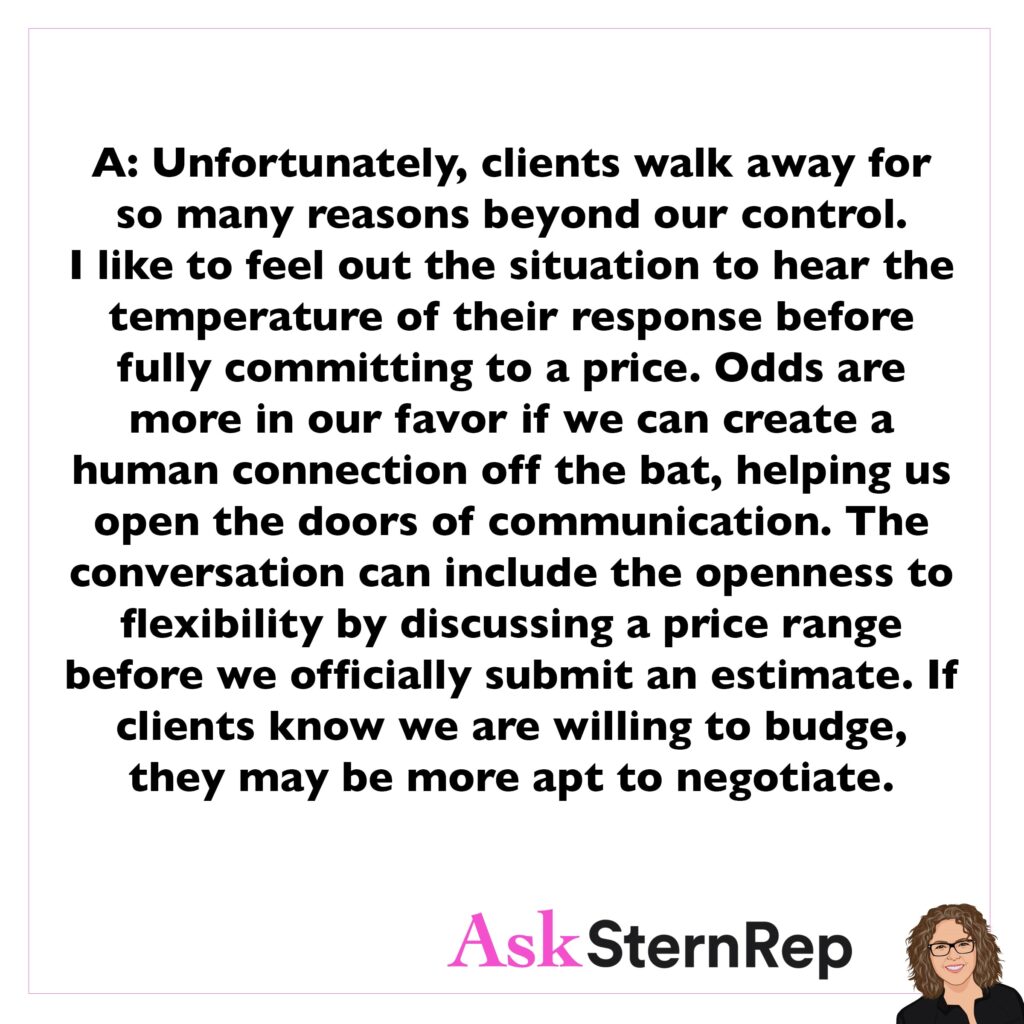
Q:
How do I leverage this abundance of accolades and high end client work to get more exposure? My past mailers and hand curated Do you always expect clients to negotiate? Or do they just walk away sometimes if the price is automatically too high?
A:
Unfortunately, clients walk away for so many reasons beyond our control. I like to feel out the situation to hear the temperature of their response before fully committing to a price. Odds are more in our favor if we can create a human connection off the bat, helping us open the doors of communication. The conversation can include the openness to flexibility by discussing a price range before we officially submit an estimate. If clients know we are willing to bridge, they may be more apt to negotiate.

